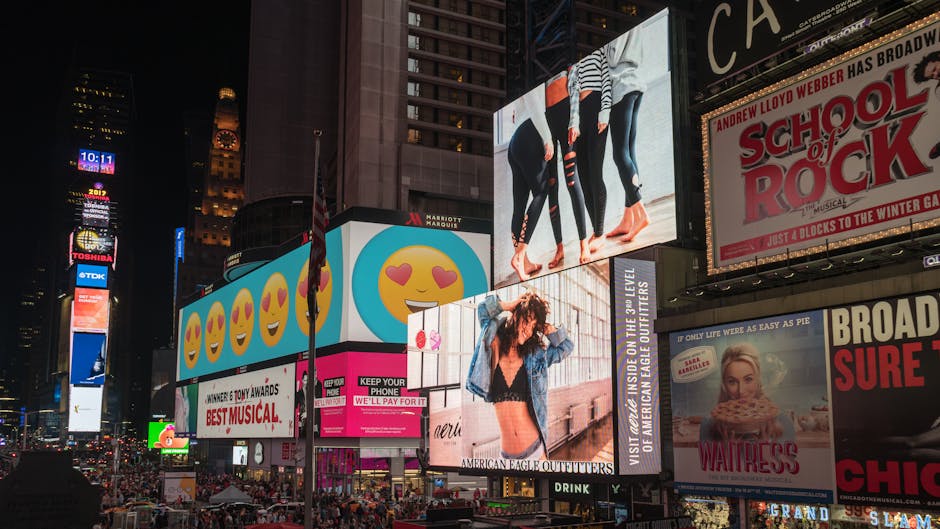Advertising is an integral part of our daily lives. From the moment we wake up to the time we go to bed, we are bombarded with countless advertisements from all sides. Whether it's through traditional media like television and print or through digital channels like social media and online advertising, advertisers are constantly vying for our attention and ultimately, our money.
The goal of advertising is to persuade us to buy a product or service. Advertisers use a variety of techniques to do this, including:
* **Creating a positive image:** When we see an advertisement for a product or service that makes us feel good, we are more likely to want to buy it. Advertisers often use attractive models, beautiful scenery, and catchy jingles to create a positive association with their products.
* **Appealing to our emotions:** Advertisements that trigger our emotions are more likely to be effective. Advertisers often use fear, hope, guilt, and humor to appeal to our emotions and motivate us to take action.
* **Providing information:** Advertisements also provide us with information about products and services. This information can help us make informed decisions about what we buy. However, it is important to remember that advertisers are biased toward their own products, so it is important to be critical of the information they provide.
Advertising can be a powerful force in our lives. It can influence our thoughts, feelings, and behavior. However, it is important to be aware of the techniques that advertisers use and to be critical of the messages they send. Only then can we make informed decisions about what we buy and how we spend our money.
**The Evolution of Advertising**
Advertising has come a long way since the days of cave paintings. In the early days, advertising was primarily used to inform people about new products and services. As technology advanced, so did advertising techniques. The invention of the printing press led to the development of print advertising, and the invention of the radio and television led to the development of broadcast advertising.
Today, advertising is more sophisticated than ever before. Advertisers use a variety of digital channels to reach their target audience, including social media, online advertising, and mobile advertising. Advertisers also use a variety of data-driven techniques to track the effectiveness of their campaigns and to target their ads to specific demographics.
**The Future of Advertising**
The future of advertising is uncertain, but it is clear that advertising will continue to play an important role in our lives. As technology continues to advance, advertisers will develop new and innovative ways to reach their target audience. It is also likely that advertising will become more personalized and targeted.
One of the biggest trends in advertising is the rise of native advertising. Native advertising is a type of advertising that is designed to blend in with the content of the website or app where it appears. Native advertising is often more effective than traditional advertising because it is less intrusive and more likely to be seen by users.
Another trend in advertising is the use of artificial intelligence (AI). AI can be used to automate a variety of advertising tasks, such as ad creation, targeting, and measurement. AI can also be used to create personalized advertising experiences for individual users.
The future of advertising is bright. As technology continues to advance, advertisers will develop new and innovative ways to reach their target audience. It is also likely that advertising will become more personalized and targeted.
